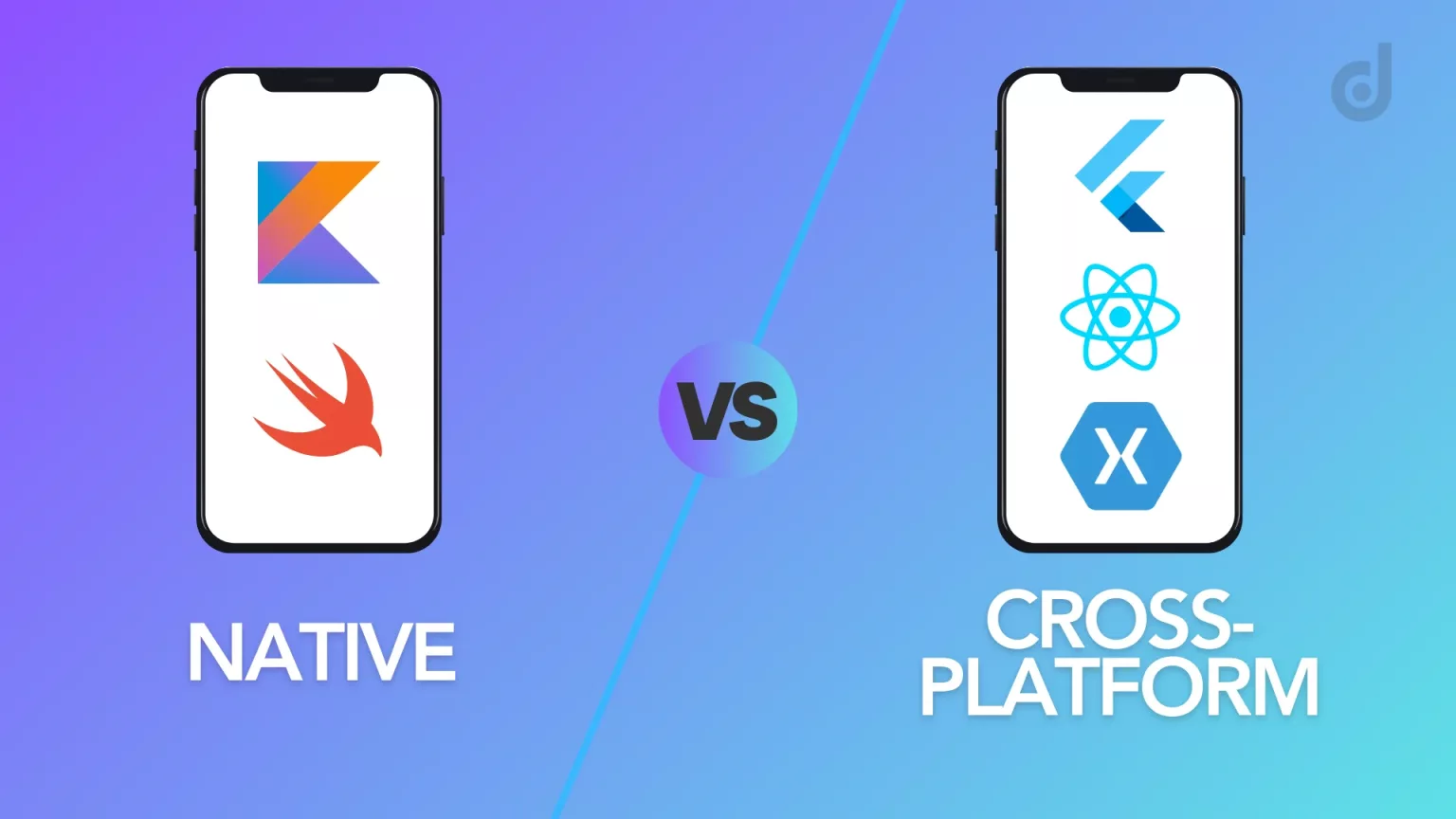
Native vs Cross-Platform Apps in 2025: Which Wins?
Choosing between native and cross-platform development shapes your app’s success. This guide breaks down the trade-offs and trends for 2025.
Native Development
- Pros: Superior performance, full device API access, and fluid UI.
- Cons: Higher costs and separate iOS (Swift) and Android (Kotlin) codebases.
Cross-Platform Development
- Pros: Single codebase, faster development, and lower costs with frameworks like Flutter and React Native.
- Cons: Slight performance trade-offs, though mitigated by 2025 advancements.
2025 Trends
- Flutter’s Rise: WebAssembly support boosts cross-platform performance.
- React Native Boosts: Hermes engine v2 closes the performance gap.
- Hybrid Models: Combine native and shared code for flexibility.
Comparison Table
| Criteria | Native | Cross-Platform | |------------------|---------------------------------|---------------------------------| | Performance | Exceptional | Near-Native | | Development Time | Longer | Faster | | Cost | Higher | Cost-Effective | | Device Access | Full | Improved with Bridges |
Choosing Your Path
- Native: Ideal for performance-heavy apps like AR/VR or gaming.
- Cross-Platform: Perfect for MVPs and budget-conscious projects.
Conclusion
In 2025, both approaches shine—choose based on your project’s goals, budget, and performance needs.